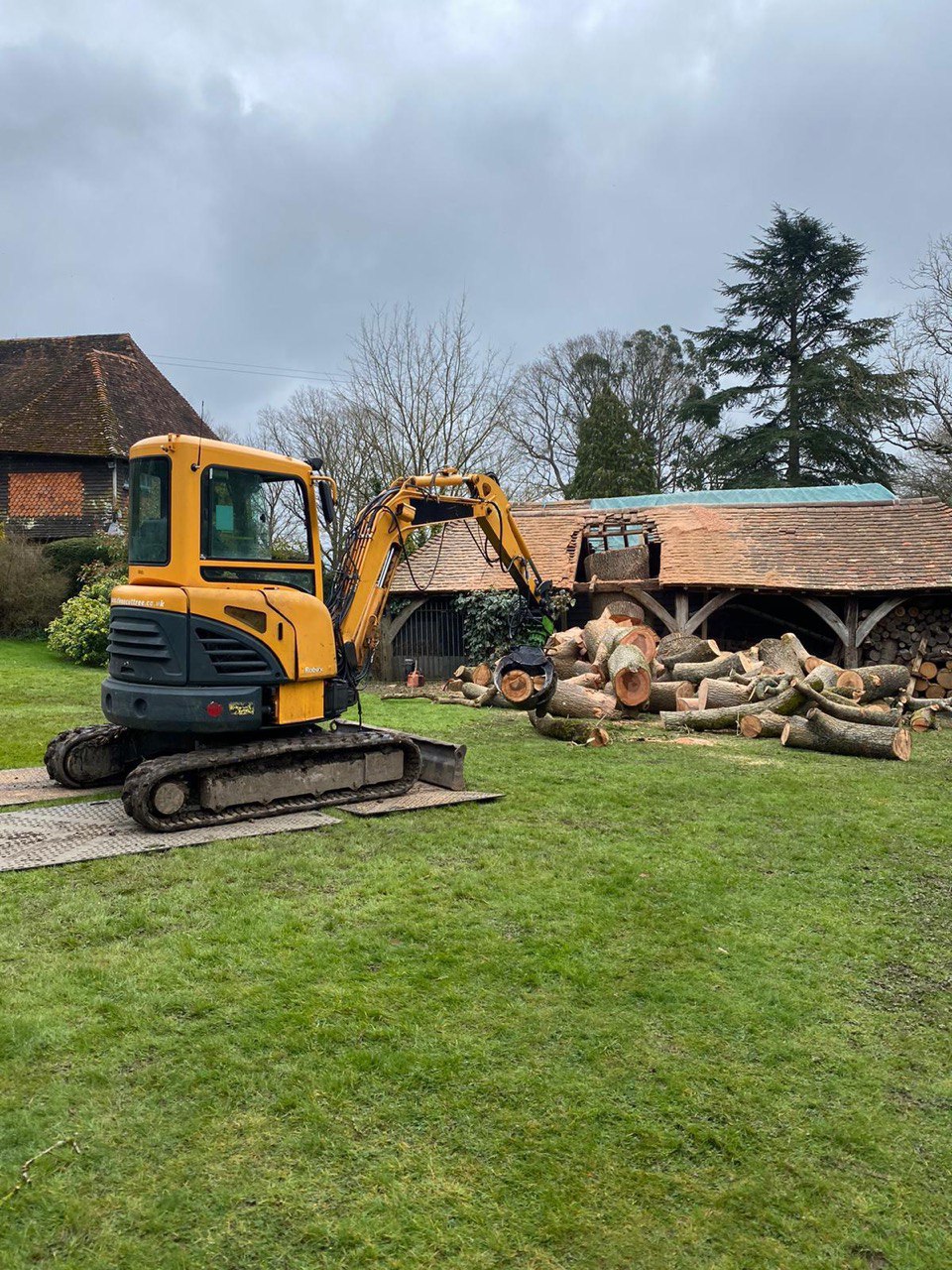Introduction: Winter can be a challenging season for trees, with cold temperatures, heavy snowfall, ice, and freezing winds posing significant threats to their health and vitality. Proper care and protection during winter are crucial to ensure your trees survive and thrive come springtime. This guide will explore essential tips for safeguarding your trees from winter damage.

- Mulch for Insulation
Applying a layer of mulch around your trees’ base can provide valuable winter insulation. Mulch helps regulate soil temperature, preventing extreme fluctuations that can harm tree roots. Apply a 2-4 inch layer of organic mulch, such as wood chips or shredded bark, but avoid piling it directly against the tree trunk, as this can create a haven for pests and diseases.
- Hydration Matters
Proper hydration is vital for tree health year-round. Ensure your trees are adequately watered leading up to winter. Hydrated trees are more resilient to cold stress. However, avoid overwatering, as excessively wet soil can lead to root rot.
- Prune with Caution
While pruning is essential for tree health, avoid significant pruning during winter. Pruning during this time can encourage new growth susceptible to winter damage. Instead, focus on corrective pruning to remove dead, diseased, or damaged branches.
- Protect Young Trees
Young trees are more vulnerable to winter damage than mature ones. Consider wrapping the trunks of young trees with tree guards or tree wrap to prevent sunscald, which occurs when the winter sun heats the bark during the day, only to have it freeze at night. This can cause cracking and damage to the tree’s outer layers.
- Snow and Ice Removal
Gently remove heavy snow and ice from tree branches to prevent breakage. Use a broom or a soft brush to knock off excess snow carefully. Be cautious not to damage the branches while doing so.
- Prevent Salt Damage
Road salt and de-icing chemicals can be harmful to trees. If you live where salt is used on roads and sidewalks, take steps to protect your trees—erect barriers to shield them from salt spray, and use alternatives to salt where possible.
- Winter Tree Wraps
Tree wraps can protect against sunscald and frost cracks on young, thin-barked trees. Wrap the tree trunk from the ground up to the lowest branches, ensuring a snug but not tight fit.
- Inspect for Pests and Disease
Winter is an excellent time to inspect your trees for signs of pests and diseases. Look for unusual growths, discolouration, or insect activity. If you suspect a problem, consult a certified arborist for appropriate treatment options.
- Consult a Professional
If you’re unsure about the health of your trees or how to protect them during the winter, don’t hesitate to seek guidance from a professional tree care service. A certified arborist can assess your trees’ needs and provide expert advice and treatments.
Conclusion: Winter tree care is essential to maintaining a healthy landscape. By following these essential tips and proactively protecting your trees from winter damage, you can ensure their resilience and vitality, allowing them to thrive throughout the year. A little extra care during the colder months can go a long way in preserving the beauty and value of your trees for generations to come.
Call us on: 01304 796896
Click here to find out more about Dover Tree Surgery
Click here to complete our contact form and see how we can help with your tree’s needs.